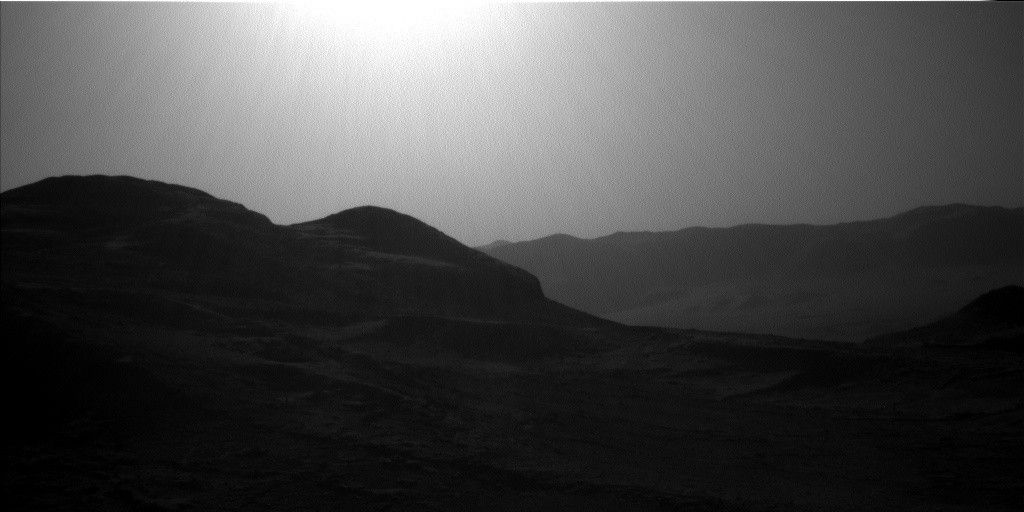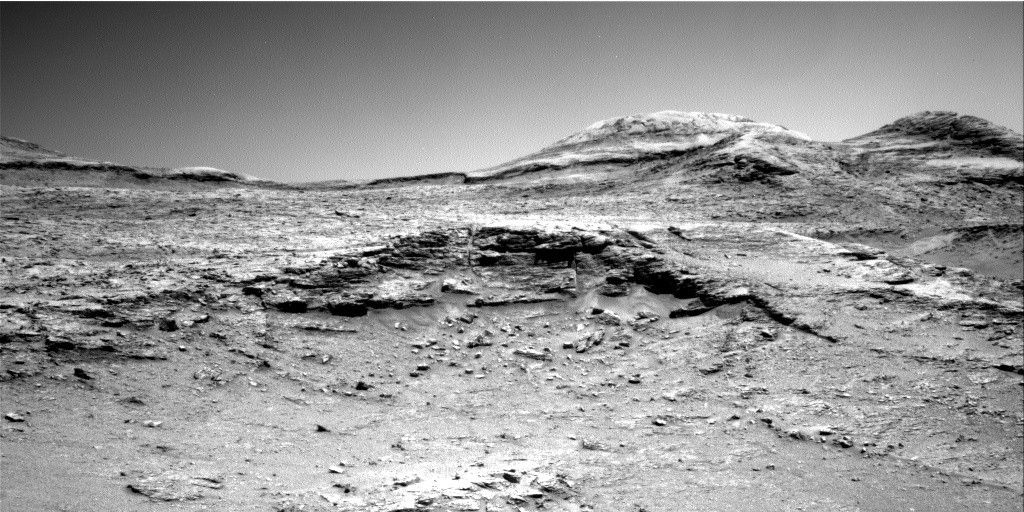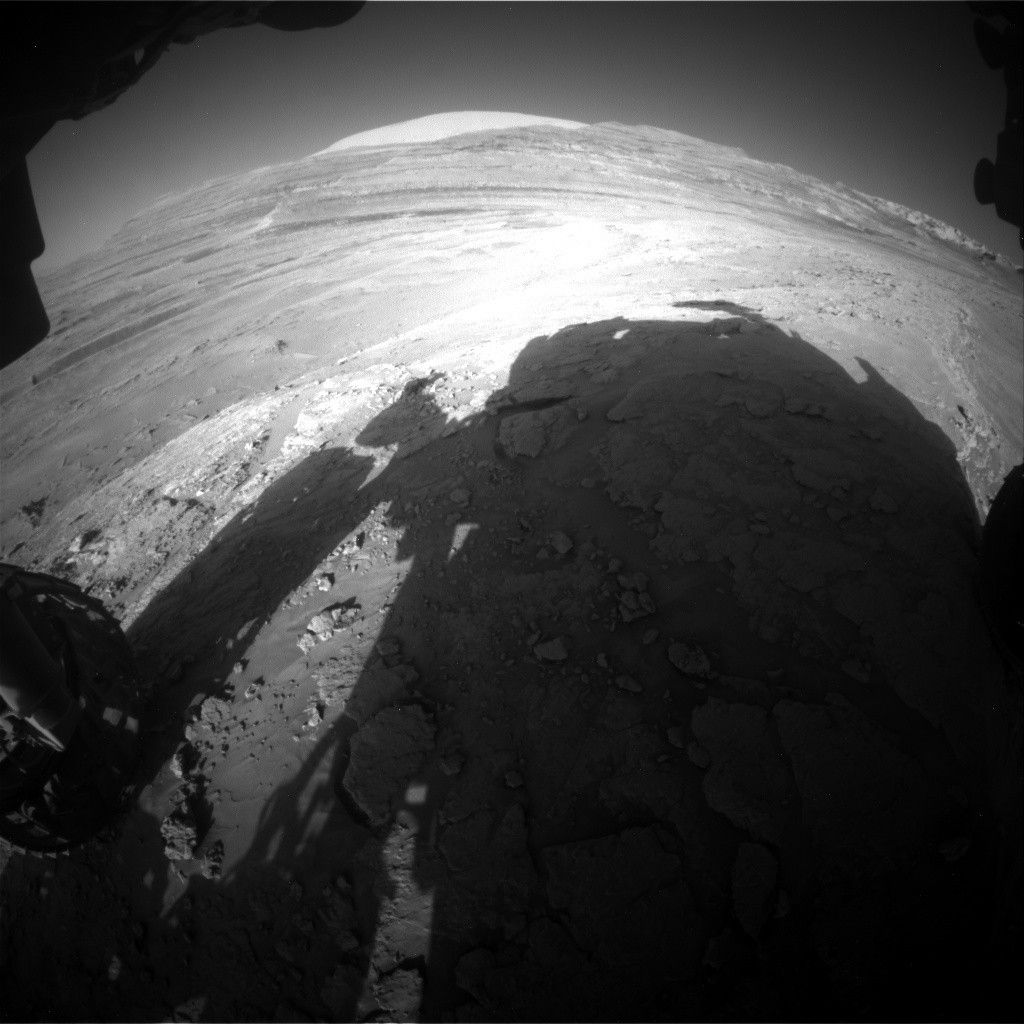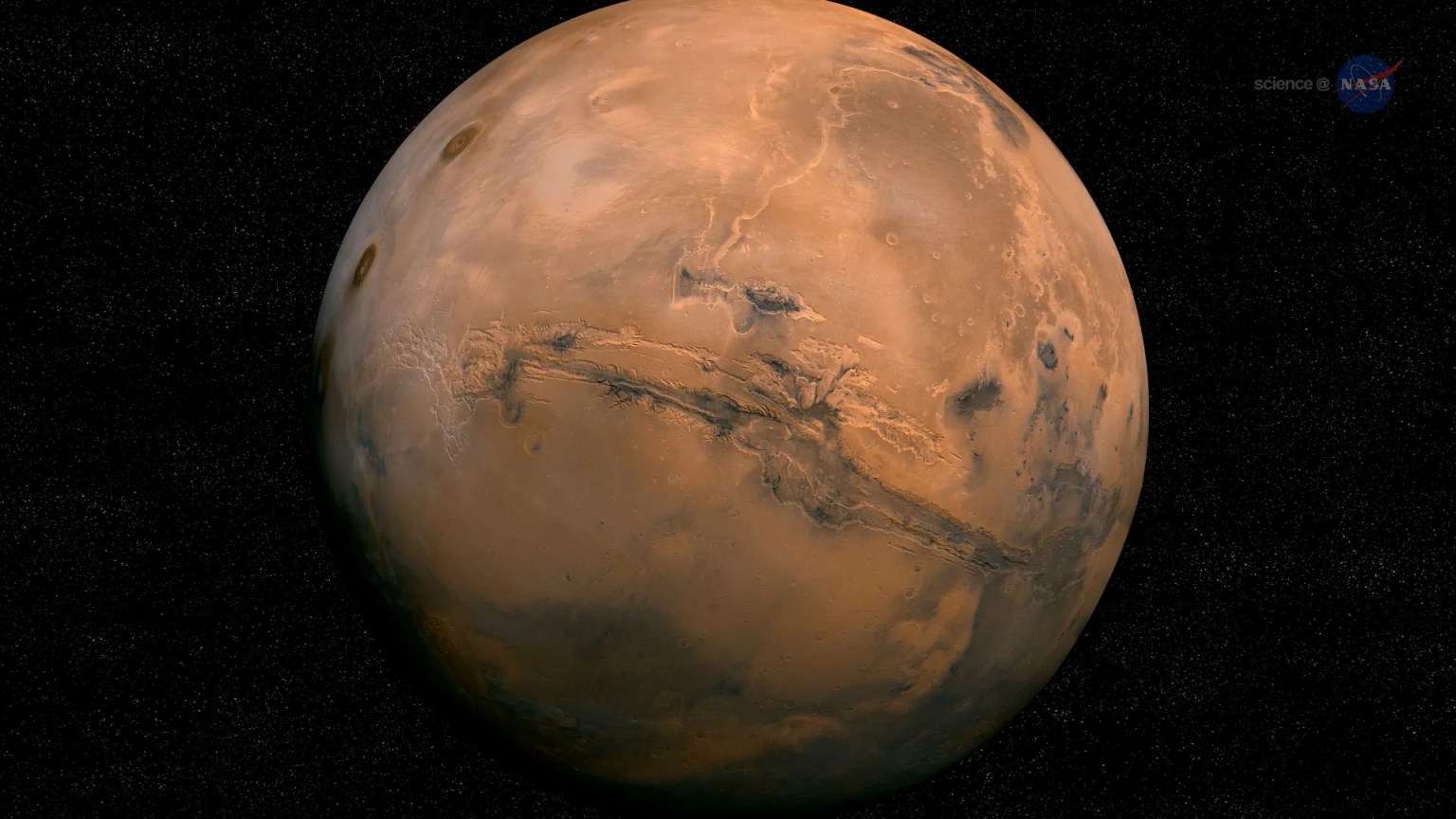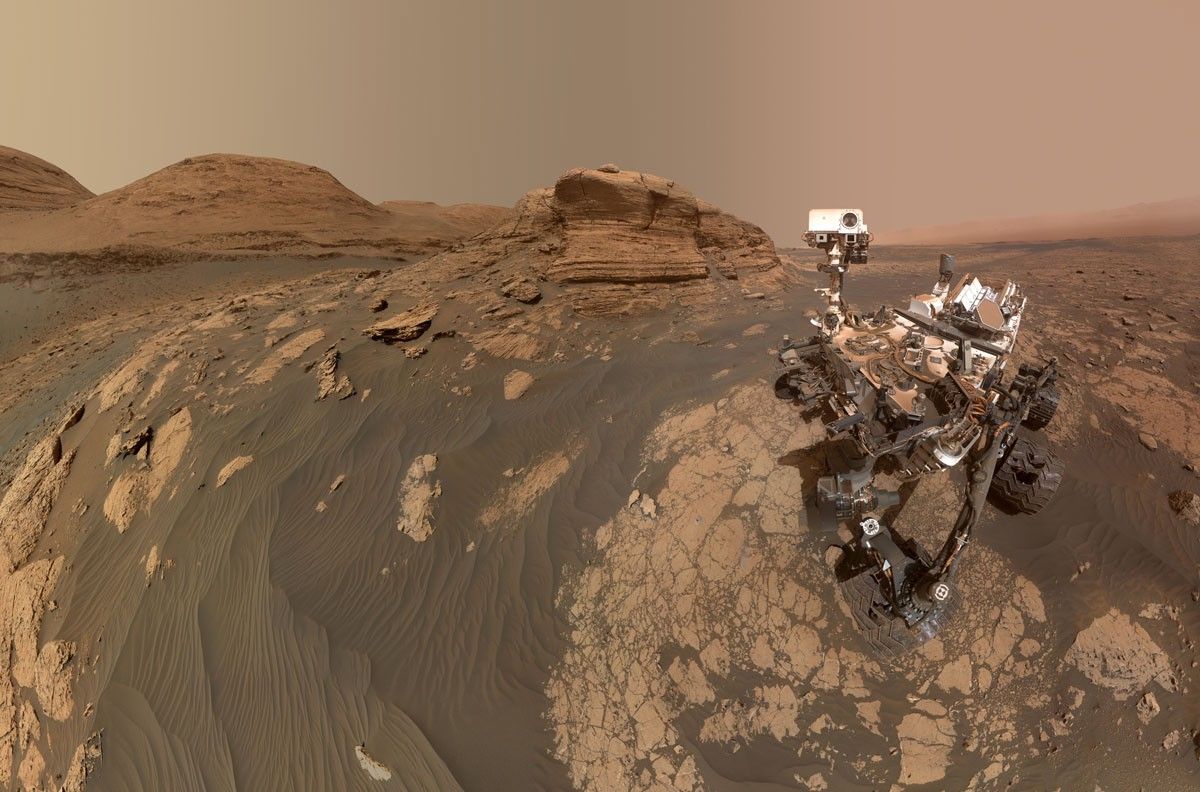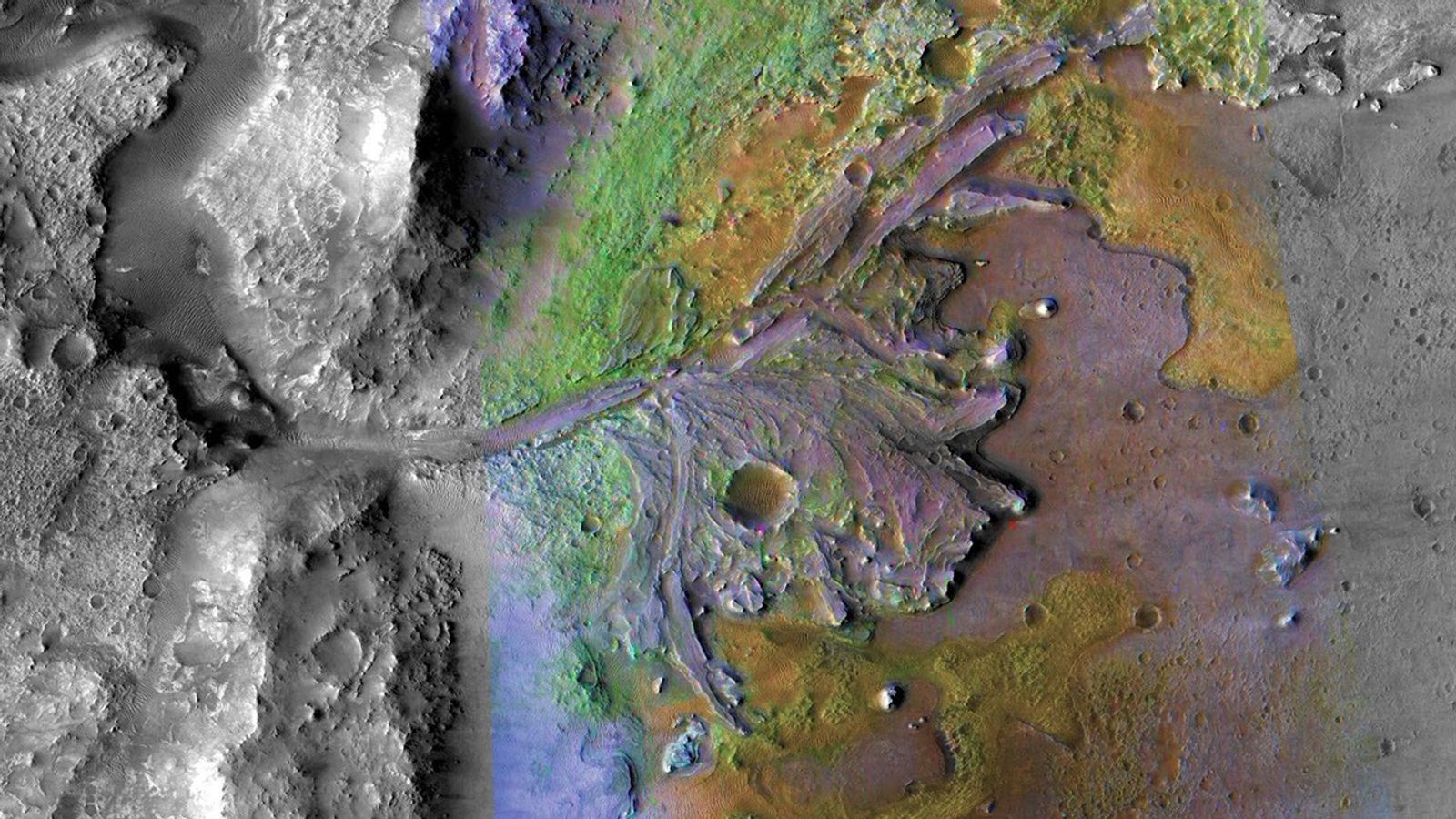Curiosity Blog, Sols 4622-4623: Kicking Off (Earth) Year 14 With an Investigation of Veins
- Curiosity Rover Celebrates 14th Year on Mars: The NASA rover has started its 14th year on Mars, kicking off a new investigation into mysterious boxwork formations and veins.
- Vein Investigation Plan: Curiosity will use its instruments to investigate the geometry and composition of the veins, including APXS, MAHLI, ChemCam, and Mastcam.
- New Images and Discoveries: The rover has acquired new images of the boxwork structures, which have sparked excitement among the science team, including Deputy Project Scientist Abigail Fraeman.
- Landiversary Reflections: Fraeman shared a nostalgic post about Curiosity’s landing anniversary, reminiscing about the first images received from the rover and the team’s initial discoveries.
- Next Steps: After completing the vein investigation plan, Curiosity will drive to an area where several large boxwork ridges intersect, dubbed “the peace sign” due to its shape.
3 min read
Curiosity Blog, Sols 4622-4623: Kicking Off (Earth) Year 14 With an Investigation of Veins
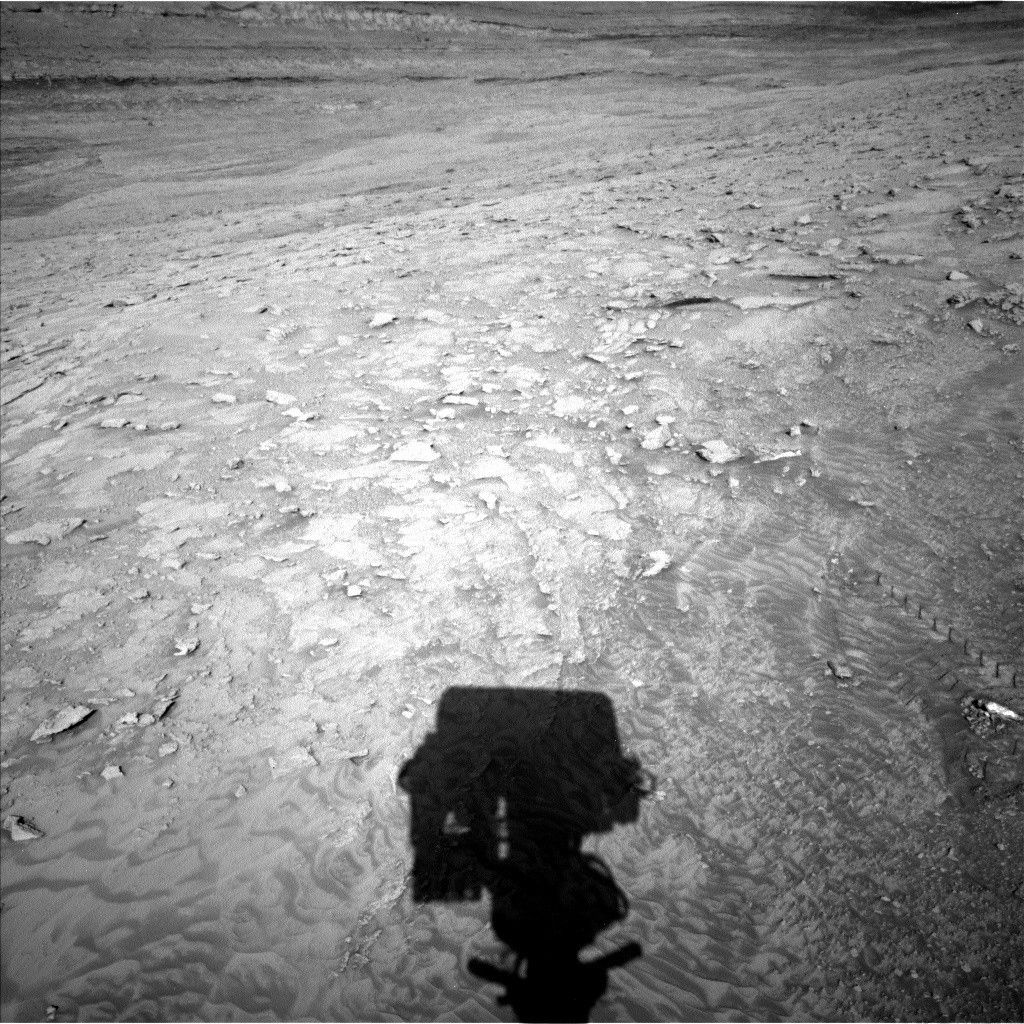
Written by Abigail Fraeman, Deputy Project Scientist at NASA’s Jet Propulsion Laboratory
Earth planning date: Wednesday, Aug. 6, 2025.
Today was a very special day for Curiosity as the rover celebrated the start of a 14th year on Mars. Curiosity is currently exploring the mysterious boxwork formations. On Monday, the rover positioned itself at the side of one of the ridges, where the team had spotted tantalizing hints of a complex network of razor-thin veins that may give insight into what is holding the ridges up, compared to the surrounding hollows.
In this plan, the team will use the instruments on Curiosity’s arm and mast to investigate the geometry and composition of these veins to learn more about them. APXS and MAHLI will both observe “Repechón,” a loose block with dark-toned, mottled material exposed on top, as well as “Lago Poopó,” a bright, relatively clean vein network. MAHLI will also collect a side view of “Repechón.” ChemCam will use its laser to analyze two targets, “Vicguna,” a protruding vein edge with nodular texture, and “Ibare,” which has some exposed light-toned veins. Outside of the vein investigation, ChemCam’s telescopic RMI camera will observe layering in a nearby butte and the Mishe Mokwa feature, while Mastcam will take mosaics on “Cachiniba,” a broken block, “Yapacani,” the side of another large boxwork ridge, and “Llullaillaco,” a faraway feature that we imaged from a slightly different location in a previous plan. Additional environmental monitoring observations will round out the plan, followed by a straight-line drive to the east, to an area where several large boxwork ridges intersect that the team has been informally calling “the peace sign” because of its shape.
I usually get nostalgic around landing anniversaries, or “landiversaries,” and this year, I found myself looking back through pictures of landing night. One of my favorites shows me standing next to science team member Kirsten Siebach right after we received the first images from Curiosity. The two of us have the biggest, most excited grins on our faces. We were both graduate students at the time, and both of us were writing thesis chapters analyzing orbital data over regions we hoped to explore with Curiosity one day. I was studying a layer in Mount Sharp that contained hematite, and the team named this feature “Vera Rubin ridge” when Curiosity reached it in 2017. Kirsten, who is now a professor at Rice University, was focused on the boxwork structures, pondering how they formed and hypothesizing what they might tell us about the history of Martian habitability when we reached them.
Thirteen years later, I had another big grin on my face today, as I listened to Kirsten and our incredible science team members excitedly discussing Curiosity’s new images of these same boxwork structures. I was also filled with gratitude for the thousands of people it took to get us to this moment. It was the absolute best way to spend a landiversary.

